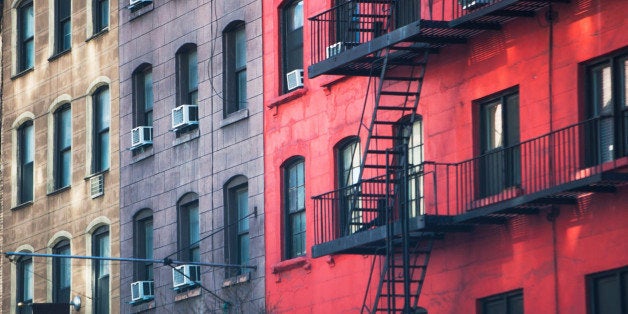
In the United States, it's a fact that most people own their homes. But there are few areas in which renting is king. These are the areas where residents embrace the freedom from mortgage payments and yardwork, where they can pick up and move easily and they don't have to come up with a down payment.
So where does renting rule? Read on to find out where renting is hotter than a sidewalk in July.
It's not surprising that the New York City metro area tops the list of renter-occupied homes -- it's hard enough to find an affordable apartment to rent in the city, let alone buy. The real estate market in the Los Angeles area tells a similar story.
But there are a few other areas on the list that might surprise you. (These areas are grouped by core-based statistical area, or CBSA, also known as a metro area.)
More fun with data on the AG Blog:
College towns: Where renters thrive
Aside from New York and Los Angeles, why are the other eight areas on this list so hot for renters? If you guessed "college town," you're right on the money.
Small towns that are the homes of at least one college or university bring in thousands of young adults who might not want to live in dorms, and they can't afford to buy their homes. Voila: A renter hotspot is born.
In the case of Manhattan, KS, the presence of a large university as well as a military base contributes to the high number of renter-occupied homes.
So how much is the rent?
Another factor contributing to the high number of renters in these areas is cold, hard cash - whether it's a little or a lot.
The high cost of living in New York and Los Angeles drives up the number of renters. But in the smaller towns on this list, cheap rent might be an incentive to stay in an apartment rather than buy a house. According to Apartment Guide data, here's how much you can expect to pay for an apartment in these areas.
Methodology
Apartment Guide used data from Onboard to determine the number of homes occupied by owners and the number of homes occupied by renters for every CBSA (core-based statistical area, also known as a metro area) in the United States. The 10 renter hotspots are areas in which the number of renter-occupied homes outweigh the number of owner-occupied homes. This data was last updated in December 2013.
The median rent prices for each of the 10 renter hotspots were gathered from Apartment Guide data; they reflect the rent prices reported by the apartment communities in these areas that list on Apartment Guide as of June 23, 2014. Apartment Guide identified the highest and lowest rent prices offered by each apartment community, then found the median high price and median low price for each of the 10 renter hotspot CBSAs.